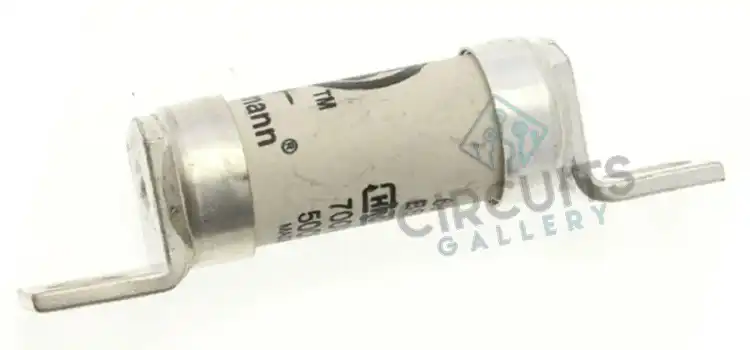Does Fuse Go On Positive or Negative? | Explained for Both AC & DC System
The fuse goes on the positive wire of a DC system and the phase wire of an AC system. Putting the fuse wire on the positive and phase wires for the DC and AC systems respectively protects the load and source from damage.
Fuse is a protection device that interrupts a circuit when currents above the safe limit flow through it. Its function is to protect the load from overcurrent damage by discontinuing the flow of current to the load.

Does It Matter Which Way a Fuse Goes In?
Fuses don’t have polarity. So, they can be put in either orientation in a circuit. But the fuse must be put in the positive or phase wire of the load to effectively protect the load from overcurrent and to ensure the safety of the operator of the load.
Does Fuse Go On Positive or Negative
The fuse is always put on the positive/phase wire. For the DC source, the current flow to the load through the positive wire, and the negative wire acts as just the return path of the electrons from the load to the source. And loads are generally grounded, to safely redirect any leakage current to the ground to avoid shock.
The grounding wire provides a low-resistance path from the load to the ground. If the fuse is put on the negative wire and a fault happens in the system, the fuse will blow, but the current will still flow through the positive wire to the ground through the grounding wire. Which will surely damage the load.
But, if the fuse is put to the positive wire, then in an overcurrent condition the fuse will blow and disconnect the load from the source completely. Thus, protecting the load from overcurrent effectively.
Similarly, for the AC source, the fuse must be put on the phase wire for the same reasons as the DC source explained above.
Can a Fuse Be Put on Both Positive and Negative Wire
Yes, a fuse can be put on both positive and negative wires at the same time. It is generally done in highly sensitive radio equipment but can be used for any type of load. Two fuses in series can also be put in the positive wire to ensure greater safety of the load.
On Which Wire Fuse Is Connected in Three Phase?
Fuse is connected to the phase wire for the AC source and the positive wire for the DC source. Putting a fuse on the negative or the neutral wire is risky because the load is still connected to the live wire if the fuse on the negative wire is blown. Thus, it cannot ensure the safety of the load or operator.
Is Fuse Polarity the Same as Switch Polarity
Just like a fuse, a switch should be put on the positive wire or the phase wire. The reason for the switch to be on the positive wire is the same as the fuse. A switch can be thought of as a fuse that can be reused because both of their jobs are to disconnect a circuit effectively.
Frequently Asked Questions
Are AC and DC fuses different?
Yes, AC and DC fuses have slight differences. Their construction is generally the same, but DC fuses have the extra feature of extinguishing an electric arc. So, these fuses are sand-filled. So, it is okay to use a DC fuse in the AC system. But the opposite must not be done.
Conclusion
Fuses should be always put on the positive wire for the DC system and the phase wire for the AC system. Putting the fuse on the positive or phase wire ensures the proper safety of the load, source, and human operators of the load.
Subscribe to our newsletter
& plug into
the world of circuits